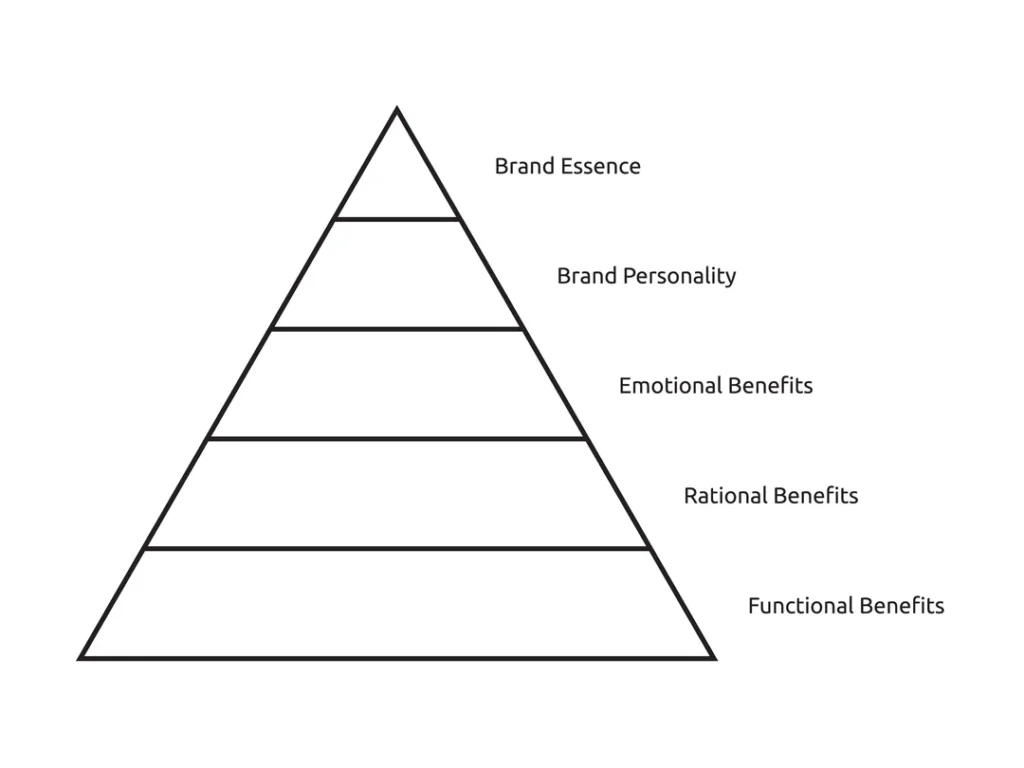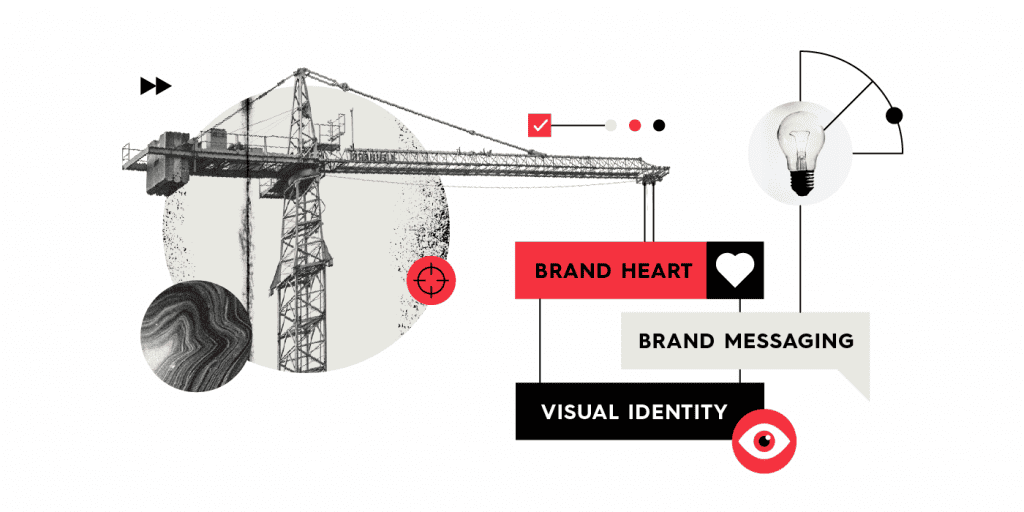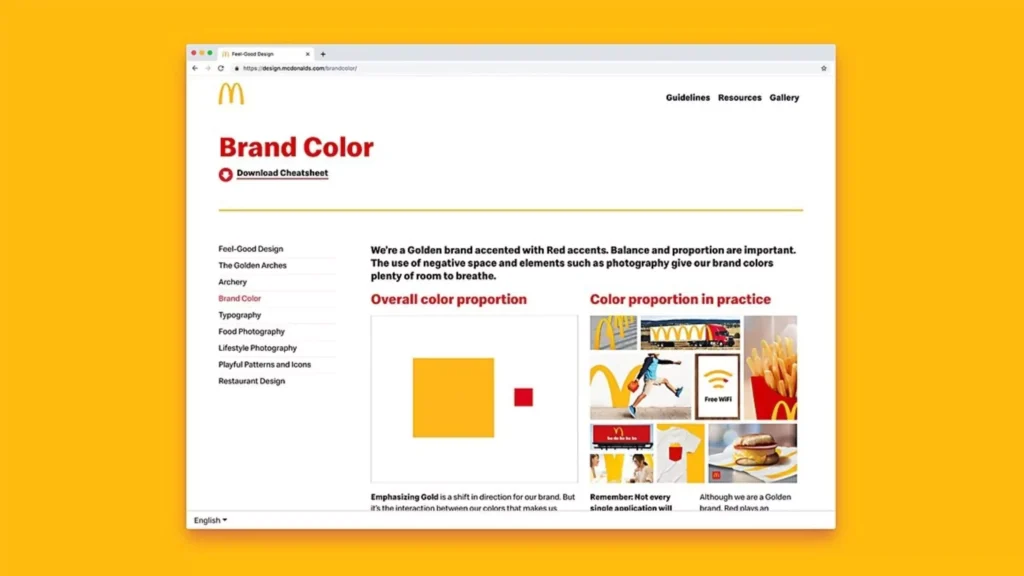Business Branding Integration: Crafting a Cohesive Brand
Imagine this – you're a consumer swimming through a sea of choices. You're bombarded by countless brands vying for your attention and loyalty. How do you decide which brand to trust and embrace in this competitive landscape? The answer lies in the power of seamless business branding integration.
Branding is more than just a logo or a catchy slogan. It's the essence of your business, the personality that sets you apart from the competition. And when that brand identity is woven seamlessly across every touchpoint, magic happens. You create a cohesive, unforgettable brand experience that resonates with your target audience.
Table of Contents
Understanding the Branding Integration Puzzle

At its core, business branding integration is about aligning every aspect of your business with your brand's values, voice, and visual identity. It's a strategic approach that ensures your brand remains consistent, recognisable, and memorable, no matter where your customers interact.
Think of it like a finely tuned orchestra. Each instrument plays its part harmoniously, creating a symphony that captivates the audience. In the same way, every element of your business – from your website and social media presence to your product packaging and customer service – should blend seamlessly, reinforcing your brand's message and personality.
Why Branding Integration Matters
In today's crowded marketplace, consumers have an overwhelming number of choices. Branding integration helps you stand out by creating a cohesive and memorable experience that resonates with your target audience. It builds trust, loyalty, and recognition, ultimately driving business growth and success.
- Consistency: A consistent brand experience across all touchpoints reinforces your brand's credibility and professionalism, making it easier for customers to recognise and remember you.
- Differentiation: Integrating your unique brand identity into every aspect of your business creates a distinct and memorable experience that sets you apart from competitors.
- Brand Loyalty: Seamless branding integration fosters emotional connections with customers, building brand loyalty and advocacy.
- Increased Perceived Value: A well-integrated brand is perceived as more valuable, allowing you to command higher prices and attract better talent.
The Building Blocks of Brand Integration

To achieve seamless brand integration, you need to lay a solid foundation. Here are the critical building blocks to consider:
1. Brand Strategy
Your brand strategy is the blueprint that guides all your branding efforts. It defines your brand's purpose, values, personality, and positioning. Without a clear brand strategy, your integration efforts will lack direction and cohesion.
Defining Your Brand Purpose
Why does your brand exist? What problem are you solving for your customers? Answering these questions will help you crystallise your brand's purpose, which should be the cornerstone of your integration efforts.
Establishing Brand Values
Your brand values are the principles that guide your business decisions and actions. They should be woven into every aspect of your brand, from your messaging to customer service practices.
Crafting a Unique Brand Personality
Is your brand friendly, approachable, or more sophisticated and professional? Defining your brand's personality will help you craft a consistent tone and voice across all your communication channels.
Positioning for Success
How do you want your brand to be perceived in the market? Clearly defining your brand's positioning will help you differentiate yourself from competitors and resonate with your target audience.
2. Visual Identity
Your visual identity is the face of your brand. It's the first thing customers see and how they recognise your brand. Consistent use of your graphic elements across all touchpoints is crucial for seamless brand integration.
Logo Design
Your logo is the most prominent visual representation of your brand. It should be simple, memorable, and versatile enough to work across various platforms and applications.
Color Palette
A well-defined colour palette creates instant brand recognition and conveys specific emotions and personality traits. Consistently using your brand colours in all your marketing materials and products is essential.
Typography
The fonts you choose can significantly impact how your brand is perceived. Establish a primary and secondary font that aligns with your brand personality and use them consistently across all channels.
Imagery and Iconography
Your images and icons should reinforce your brand's visual identity and tell a cohesive story. Develop brand guidelines to ensure consistent use of imagery and iconography.
3. Brand Voice and Tone
Your brand's voice and tone are the verbal expressions of your brand personality. Consistency in communicating with your audience is crucial for creating a seamless brand experience.
Defining Your Brand Voice
Is your brand voice friendly, conversational, or more formal and professional? Establishing clear guidelines for your brand's voice will ensure consistency across all communication channels.
Adopting the Right Tone
Your brand's tone should adapt to different situations and audiences while remaining true to your personality. For example, your tone might be more lighthearted on social media but more serious in a formal business presentation.
Creating Brand Messaging
Your brand messaging should reflect your brand's values, personality, and unique value proposition. Develop a set of key messages and taglines that can be used consistently across all your marketing and communication efforts.
4. Customer Experience
In today's customer-centric world, your experience is as necessary as your products or services. Integrating your brand into every customer touchpoint is essential for creating a seamless and memorable brand experience.
Website and Digital Presence
Your website and digital platforms are often potential customers' first contact points. Ensuring your brand's visual identity, voice, and messaging are consistently represented across these channels is crucial.
Physical Spaces
Integrating your brand's visual elements and creating an environment that reflects your brand personality is essential if you have a physical presence, such as a retail store or office.
Product and Packaging Design
Your products and packaging are powerful branding tools. Incorporating your brand's visual identity, messaging, and personality into its design can create a lasting impression on customers.
Customer Service and Support
Customer service and support interactions should reflect your brand's values and personality. Train your team to communicate in a way that aligns with your brand voice and tone.
Bringing It All Together: The Integration Roadmap

Now that you understand the building blocks of brand integration, it's time to implement them. Here's a roadmap to help you achieve seamless brand integration across your business:
1. Conduct a Brand Audit
Before integrating your brand, you must assess your current brand assets and identify any inconsistencies or gaps. Conduct a comprehensive brand audit to evaluate your visual identity, messaging, customer touchpoints, and overall brand experience.
2. Develop Brand Guidelines
Based on your brand audit findings, create guidelines outlining your brand's visual identity, voice and tone, messaging, and customer experience standards. These guidelines will be the foundation for consistent brand integration across all aspects of your business.
3. Align Your Team
Successful brand integration requires buy-in and commitment from everyone in your organisation. Educate your team on your brand guidelines and ensure they understand the importance of maintaining a consistent brand experience.
4. Implement Integration Across Touchpoints
With your brand guidelines and team alignment in place, it's time to implement brand integration across all customer touchpoints. This may involve updating your website, marketing materials, product packaging, customer service scripts, etc.
5. Monitor and Refine
Brand integration is an ongoing process. Regularly monitor your brand's presence across all touchpoints and gather feedback from customers and employees. Use this information to refine your brand guidelines and integration strategies as needed.
Integration in Action: Success Stories
Don't just take our word for it – let's look at some real-world examples of businesses that have mastered the art of brand integration:
Apple: The Ultimate Brand Experience
Apple is a masterclass in seamless brand integration. From their sleek product designs to their minimalist retail stores and user-friendly software, every aspect of the Apple experience reflects their brand's values of simplicity, innovation, and design excellence.
Coca-Cola: Iconic Branding Across the Globe
Coca-Cola's iconic red and white branding is recognised around the world. Whether you're sipping a Coke in New York or Tokyo, the consistent visual identity, messaging, and brand personality create a unified and memorable experience.
Airbnb: Integrating a Brand Beyond the Product
Airbnb's brand integration goes beyond just its digital platform. Their “Belong Anywhere” campaign celebrates their hosts' unique experiences and cultures, creating a sense of community and connection that resonates with their target audience.
Measuring Success: Tracking the Impact of Branding Integration

Branding integration isn't just a creative exercise; it's a strategic investment that should yield measurable results. Here are some key metrics to track:
- Brand awareness and recognition: Monitor metrics such as website traffic, social media engagement, and brand mentions to gauge how well your branding efforts resonate with your target audience.
- Customer loyalty and retention: Track customer lifetime value, repeat purchase rates, and customer satisfaction scores to assess the impact of consistent branding on customer loyalty.
- Lead generation and conversion rates: Analyse how well your branding efforts attract and convert potential customers by monitoring lead generation and conversion rates across various channels.
- Employee engagement and retention: Engaged and motivated employees are likelier to deliver a consistent brand experience. Monitor employee satisfaction, turnover rates, and brand advocacy to assess the impact of internal branding efforts.
- Market share and competitive positioning: Strong branding can give you a competitive edge and increase your market share. Track your brand's performance against competitors and monitor industry trends to adjust your branding strategy as needed.
The Numbers Don't Lie: Integration Pays Off
Still not convinced of the power of brand integration? Here are some statistics that might change your mind:
- 79% of brand-engaged customers will only consider their favourite brands when purchasing (Source: Edelman's Brand Trust Survey).
- Companies with consistent branding across all touchpoints see an average 33% increase in revenue (Source: Lucidpress).
- 90% of customers expect a consistent brand experience across all channels and touchpoints (Source: Salesforce).
- 88% of consumers say authenticity is important when deciding what brands to support (Source: Stackla).
- 46% of consumers say they'll pay more for a brand they can trust (Source: Edelman).
These statistics show seamless brand integration increases brand trust, loyalty, and revenue growth.
Conclusion: The Pathway to Brand Supremacy
In the ever-evolving business landscape, where consumer attention is a precious commodity, brand integration is no longer just a nice-to-have – it's a necessity. Seamlessly weaving your brand's identity into every touchpoint creates a cohesive, memorable experience that resonates with your target audience.
Brand integration is a journey, not a destination. It requires ongoing effort, commitment, and refinement. But the rewards are well worth it – increased brand recognition, customer loyalty, and a competitive edge that sets you apart from the sea of competition.
So, embrace the power of brand integration and prepare to watch your brand soar to new heights of success and supremacy.
FAQs
How do I ensure brand consistency across different teams and departments?
Developing comprehensive brand guidelines and providing regular training and resources to all team members is essential. Additionally, consider appointing a brand manager or committee to oversee and enforce brand standards across the organisation.
How often should I update my brand guidelines?
While your core brand elements (like your logo, colour palette, and brand values) should remain relatively consistent, reviewing and updating your brand guidelines annually to keep up with industry trends and evolving customer preferences is a good idea.
Can brand integration be automated or streamlined?
Yes, various tools and software solutions can help automate and streamline certain aspects of brand integration, such as creating branded templates, managing digital assets, and monitoring brand consistency across channels.
How do I measure the success of my brand integration efforts?
Key performance indicators (KPIs) to track may include brand awareness and recognition, customer engagement and loyalty metrics, website traffic and conversion rates, and overall revenue growth. Regularly conducting brand surveys and audits can also provide valuable insights.
What are some common challenges in achieving seamless brand integration?
Some common challenges include gaining buy-in and alignment across teams and departments, overcoming legacy branding inconsistencies, managing multiple brand identities or sub-brands, and keeping up with evolving consumer preferences and digital trends.
